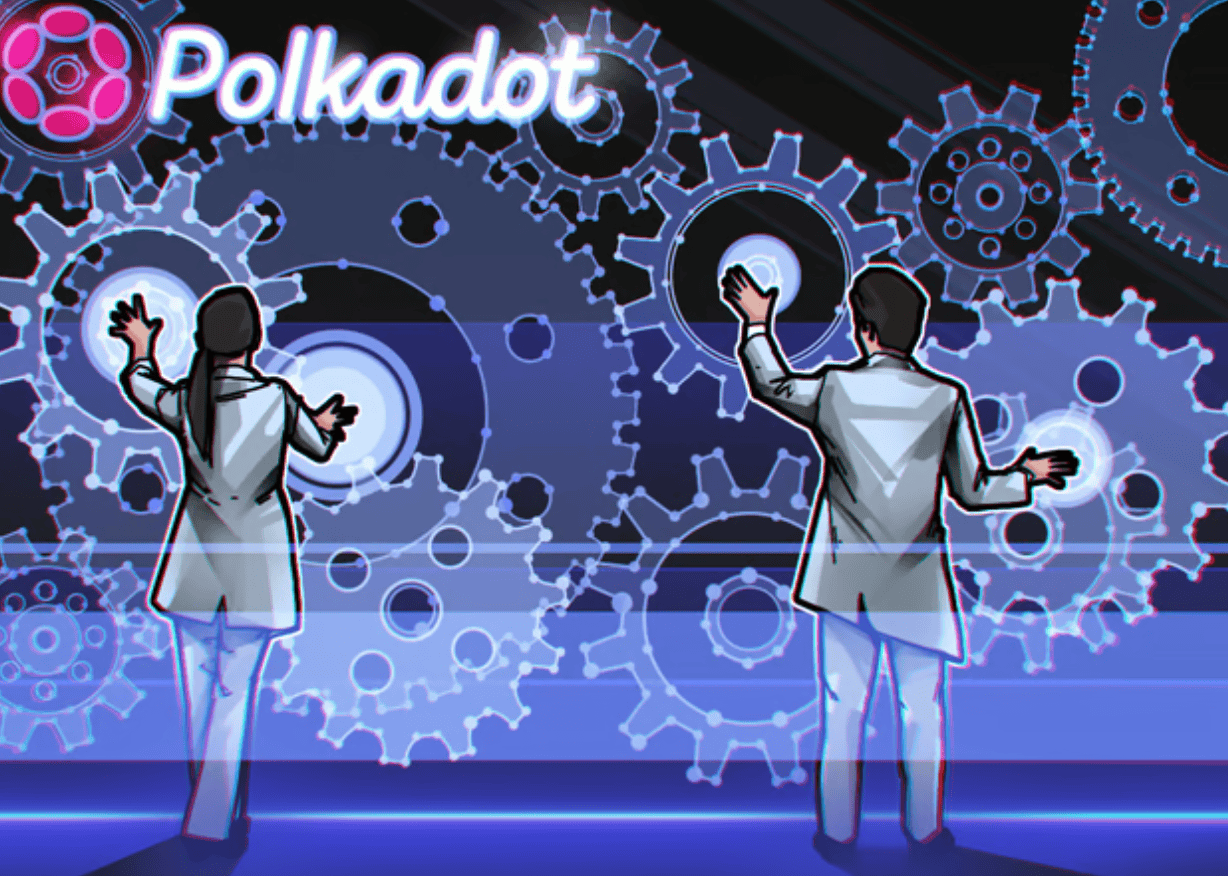
Polkadot founder Gavin Wood envisions an advanced, decentralized system capable of supporting smart contracts through a secure model for the future of parachains.
Polkadot has always been a bustling restaurant with a menu that caters to every palate — from simplified Web3 experiences to real-world asset (RWA) tokenization platforms.
However, the blockchain ecosystem still faces challenges such as high costs and complexity in creating parachains, limited interaction between parachains despite existing communication protocols, and auction-based parachain slot acquisitions that are both costly and time-restricted.
This is why the Polkadot community was delighted when the next steps for the ecosystem were publicly unveiled in a technical paper (dubbed the JAM Gray Paper) during the Token2049 conference in April 2024.
Penned by Polkadot founder Gavin Wood, the Gray Paper marks a major step forward, proposing JAM, short for Join-Accumulate Machine, as a potential future direction for the current Relay Chain protocol while positioning Polkadot as the operating system of the blockchain space where anything and everything can run.
The future of parachains
Polkadot’s on-chain processing involves each parachain — i.e., parallel chains available for rent to other projects — performing computations independently and submitting results to the Relay Chain for validation. The Relay Chain serves as a base layer on which parachains and related decentralized applications (DApps) connect and communicate. It provides security and transaction finality to parachains, rendering them interoperable.
JAM, on the other hand, introduces a hybrid approach that merges the strengths of Polkadot and Ethereum into a unified platform. “We present a comprehensive and formal definition of Jam, a protocol combining elements of both Polkadot and Ethereum,” the Gray Paper’s introduction reads:
“In a single coherent model, JAM provides a global singleton permissionless object environment — much like the smart-contract environment pioneered by Ethereum — paired with secure sideband computation parallelized over a scalable node network, a proposition pioneered by Polkadot.”
The primary duties of the JAM upgrade will be to ensure the integrity of the operations and support Turing-complete computations. The technical aspects detailed by Wood also aim to increase efficiency while keeping operational costs at a minimum. To boost the adoption of blockchain as reliable infrastructure, JAM seeks to enhance coherency and accessibility by improving interoperability and making it a simpler platform for users and developers to engage.
Transactionless operations
Polkadot relies on transaction processing where each transaction is individually validated and included in blocks by validators.
With JAM, there are no conventional transactions. Instead, all actions are permissionless and initially processed through a Refine stage. Adding a new service on-chain is possible by specifying Refine, Accumulate and onTransfer entry points. Work packages, inputs including transaction and blockchain data are accepted during the Refine stage and output is produced.
The Accumulate function takes the output and integrates it into the chain state. On the other hand, onTransfer enables to modify services within the six-second transaction execution period.

Thanks to its permissionless design, JAM allows for deploying and executing code for a fee based on computational resources used, similar to Ethereum’s gas system. It distinguishes itself from other smart chains by operating transaction-less with the aforementioned system.
DOT remains a primary currency within the JAM framework. It will continue to be used to pay fees, participate in governance and staking, and power the ecosystem.
Released a decade after his Ethereum Yellow Paper, Gavin Wood’s Gray Paper brings a new vision and a direction for the future of parachains. Still in the research phase, the new framework offers the community and developers a pay-as-you-go model to access Polkadot to potentially turn one of the most populated blockchain ecosystems into a supercomputer where anyone can build and run anything.
